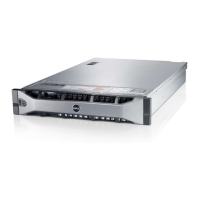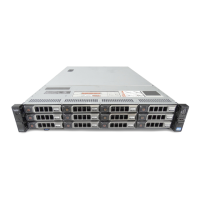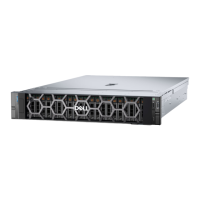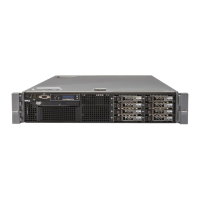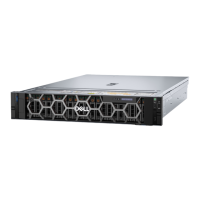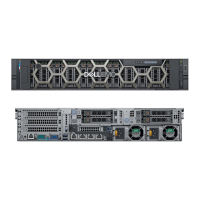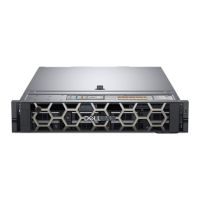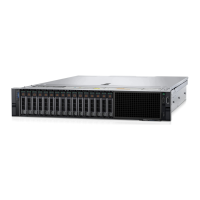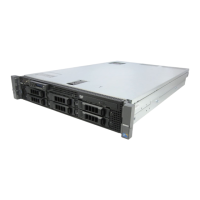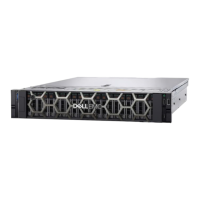Option Description
operating system or causes delays in system startup. If the slot is disabled, both the
Option ROM and UEFI drivers are disabled.
Related Links
Integrated Devices
Viewing Integrated Devices
Serial Communication
You can use the Serial Communication screen to view the properties of the serial communication port.
Related Links
Serial Communication details
System BIOS
Viewing Serial Communication
Viewing Serial Communication
To view the Serial Communication screen, perform the following steps:
1. Turn on, or restart your system.
2. Press F2 immediately after you see the following message:
F2 = System Setup
NOTE: If your operating system begins to load before you press F2, wait for the system to finish
booting, and then restart your system and try again.
3. On the System Setup Main Menu screen, click System BIOS.
4. On the System BIOS screen, click Serial Communication.
Related Links
Serial Communication
Serial Communication details
Serial Communication details
The Serial Communication screen details are explained as follows:
Option
Description
Serial
Communication
Selects serial communication devices (Serial Device 1 and Serial Device 2) in BIOS.
BIOS console redirection can also be enabled and the port address can be
specified. This option is set to Auto by default.
Serial Port
Address
Enables you to set the port address for serial devices. This option is set to Serial
Device 1=COM2, Serial Device 2=COM1 by default.
NOTE: You can use only Serial Device 2 for the Serial Over LAN (SOL) feature.
To use console redirection by SOL, configure the same port address for
console redirection and the serial device.
NOTE: Every time the system boots, the BIOS syncs the serial MUX setting
saved in iDRAC. The serial MUX setting can independently be changed in
iDRAC. Loading the BIOS default settings from within the BIOS setup utility
may not always revert the serial MUX setting to the default setting of Serial
Device 1.
65
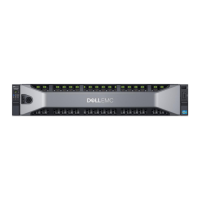
